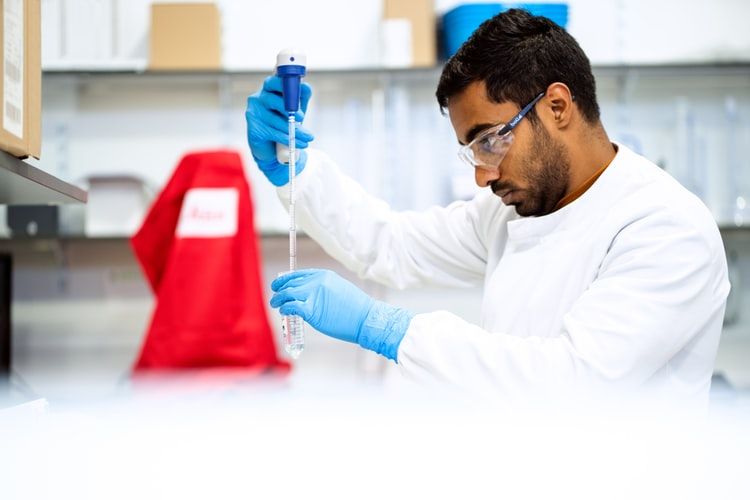World Embryologist Day is commemorated every year on July 25. The day celebrates the scientists in reproductive medicine. Embryologists study eggs, sperms and embryos. According to research data, about 5.5 million babies have been born through IVF.
Also Read: China: Beijing’s new birth policy adds fertility services to insurance coverage
History
On July 25, 1978, Louis Joy Brown became the first baby to be born through in-vitro fertilization (IVF). Therefore, World Embryologist Day celebrates Brown’s birthday every year. In 1978, embryologists Adam Burnley, Patrick Steptoe and Bob Edwards worked together for the first “test tube” baby and were successful. The world remembers these three researchers on World Embryologist day.
IVF is the procedure in which eggs from a woman’s body are fertilized with sperm in a laboratory environment. The embryo is then transferred into the uterus. In India, the first IVF baby was born in 1998 in Agra. He was named Utsav.
The IVF technology has given birth to over five million babies but there are still certain myths about the procedure. One of the most common myths about IVF babies is that they are born with malformation and defects. The chances of IVF babies getting birth defects are the same as those of babies born conventionally.
Another myth that floats is that IVF babies are always cesarian. According to the doctors, IVF pregnancies are like natural pregnancies and the possibility of normal delivery is not reduced due to the process.
Also Read: Couples opting for surrogacy to buy 3-yr health insurance for surrogate mothers: Govt
Significance
The day celebrates embryologists. They form healthy babies for couples who are unable to conceive naturally. Among the main infertility solutions today, IVF happens to stand as one of the major ones.
Also Read: Saving The Womb and the Family Tree: Extraordinary Story of Relentless Fight of an Embryo at Gunjan
The primary tasks of embryologists include: determining the fertility levels of individuals, collecting and processing eggs, insemination, checking for fertilization, monitoring embryo development, selecting the embryos for transfer, preservation of embryos, sperms and eggs, genetic testing, maintaining laboratory optimum conditions, managing egg and sperm banks.






